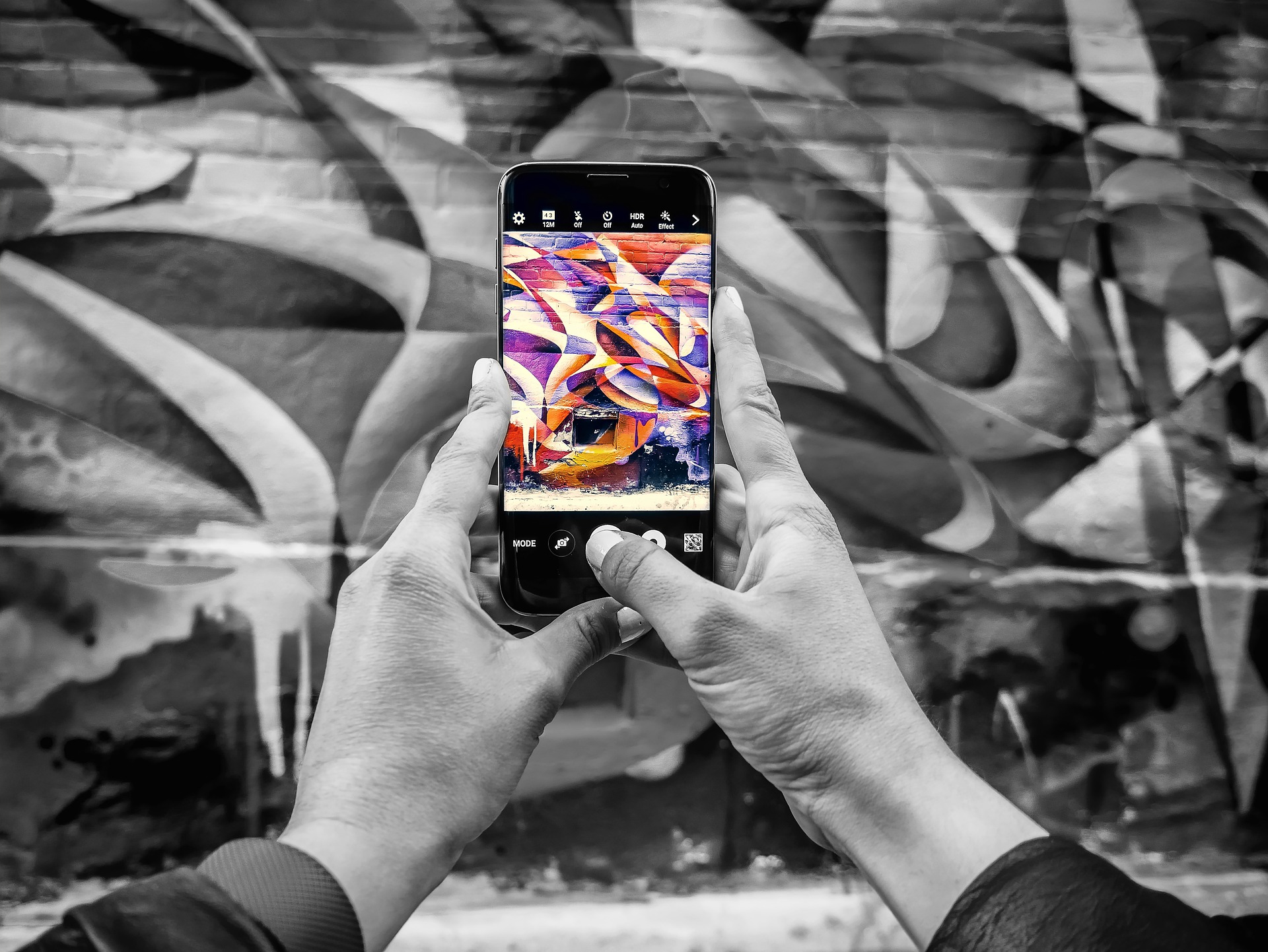Reimagining Reality: The Rise of Virtual Performances in a Pandemic World
The world of arts and entertainment took an unexpected turn when the COVID-19 pandemic hit. Traditional forms of entertainment were upended, leading to the astonishing rise of virtual performances. This digital shift has not only changed how we consume art but also how artists create, offering a fresh perspective on the enduring power of creativity amid crisis.

A New Era in Entertainment
The COVID-19 pandemic has dramatically transformed the way we experience art and entertainment. Social distancing measures and lockdowns worldwide have shuttered theaters, concert halls, and museums, pushing the entertainment sector into a digital realm. This shift to virtual platforms has redefined our understanding of performance, fundamentally altering the relationship between artists and their audience.
From Physical to Digital: The Shift to Virtual Performances
Historically, live performances thrived on the energy and immediacy of physical presence—the collective gasp of an audience at a theater, the thrilling anticipation of a concert, or the intimate silence of an art gallery. When the pandemic hit, these experiences were abruptly halted. However, artists and entertainers quickly adapted, transforming their homes into stages and streaming performances online. From musicians hosting live concerts on Instagram to theater companies performing plays on Zoom, the entertainment industry has embraced digital innovation in unprecedented ways.
Virtual Performances: Current Trends and Developments
In the last year, virtual performances have skyrocketed in popularity. Major arts institutions, from the Metropolitan Opera in New York to the National Theatre in London, have begun streaming performances online. Additionally, new digital platforms have emerged catering specifically to virtual performances. These platforms offer innovative features like interactive chat functions and virtual applause, simulating the communal experience of a live show.
The Impact: A New Artistic Landscape
The rise of virtual performances has profound implications for the arts and entertainment industry. On the one hand, it has democratized access to art and culture, allowing audiences worldwide to enjoy performances that they might otherwise never see. On the other hand, it has challenged artists to reimagine their craft in a digital format, pushing the boundaries of creative expression. While this shift has been born out of necessity, it is likely to have a lasting impact, reshaping the artistic landscape for years to come.
Conclusion
In the face of adversity, the arts and entertainment industry has shown remarkable resilience and innovation. Virtual performances have emerged as a powerful testament to the indomitable spirit of creativity, offering a beacon of hope amid the global crisis. As we navigate these uncertain times, they provide a vital reminder of the enduring power of art—to inspire, to connect, and to heal.




